Bradley Brister is a footwear designer for Head Sports based in Austria. Originally from the United Kingdom, he studied product design engineering at Brunel University London. While in his first job at Lacoste PCL, he discovered his passion for using KeyShot and Rhino. From there he combined his love of design with a love of the outdoors and sports, moving into performance footwear design and designing shoes for the racquet sports industry. Bradley’s designs featuring hiking boots won the Bronze Prize in the 2023 KeyShot Colorway Challenge.
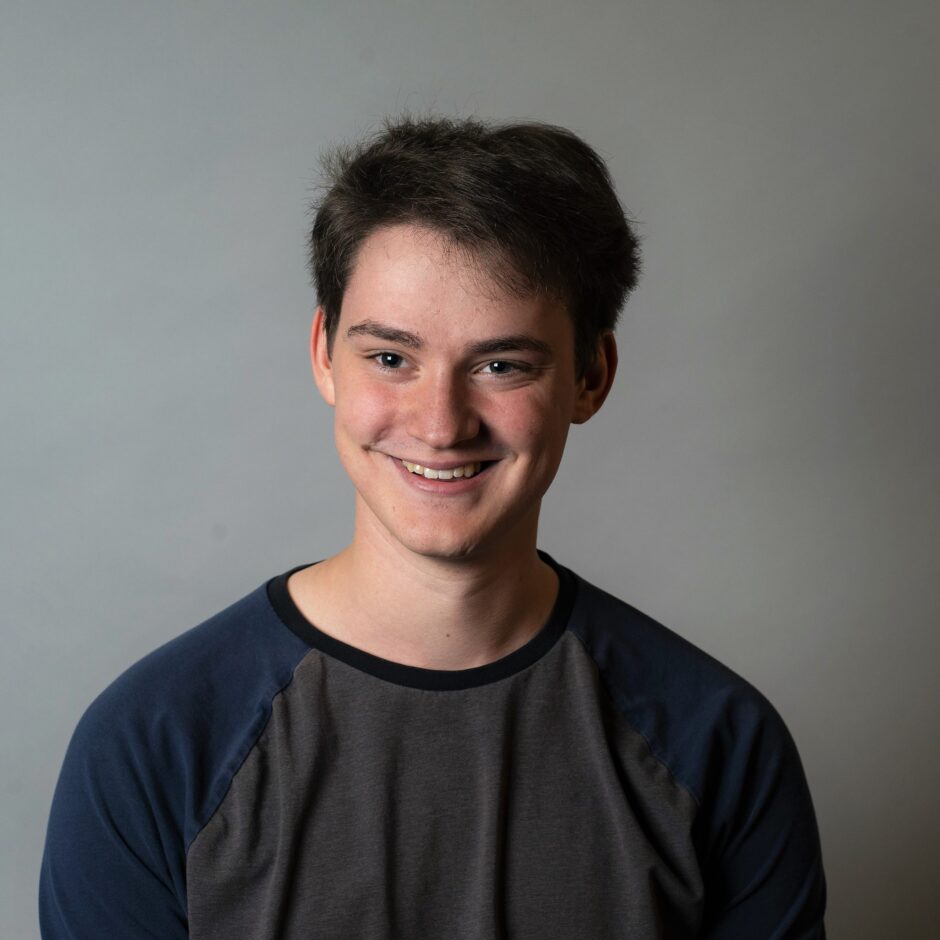
Bradley Brister
Website | Instagram| LinkedIn
Modeling software used: Rhino, Blender
How did you get into design?
It boils down to following one interest to the next, exploring what skills I have and what I still want to learn. I’ve always liked to build and fix things, so at school I started studying whatever subjects let me do art, product design and woodworking. From there it seemed like a natural step to combine this with my other passions of hiking and climbing. This is how I ended up in performance footwear. A combination of inspiring teachers, interesting projects — and a desire not to wear a suit and tie — made a creative job a very appealing option. It wasn’t until university that I found a deeper interest in 3D modeling and rendering. I made sure all my university projects centered around this combination of design and sports, including a collaborative project with The North Face. My roles within Lacoste PCL and Head Sports only fueled this interest in 3D design and using 3D as a tool in a standard design workflow, something that is only going to accelerate in the industry over the coming years.
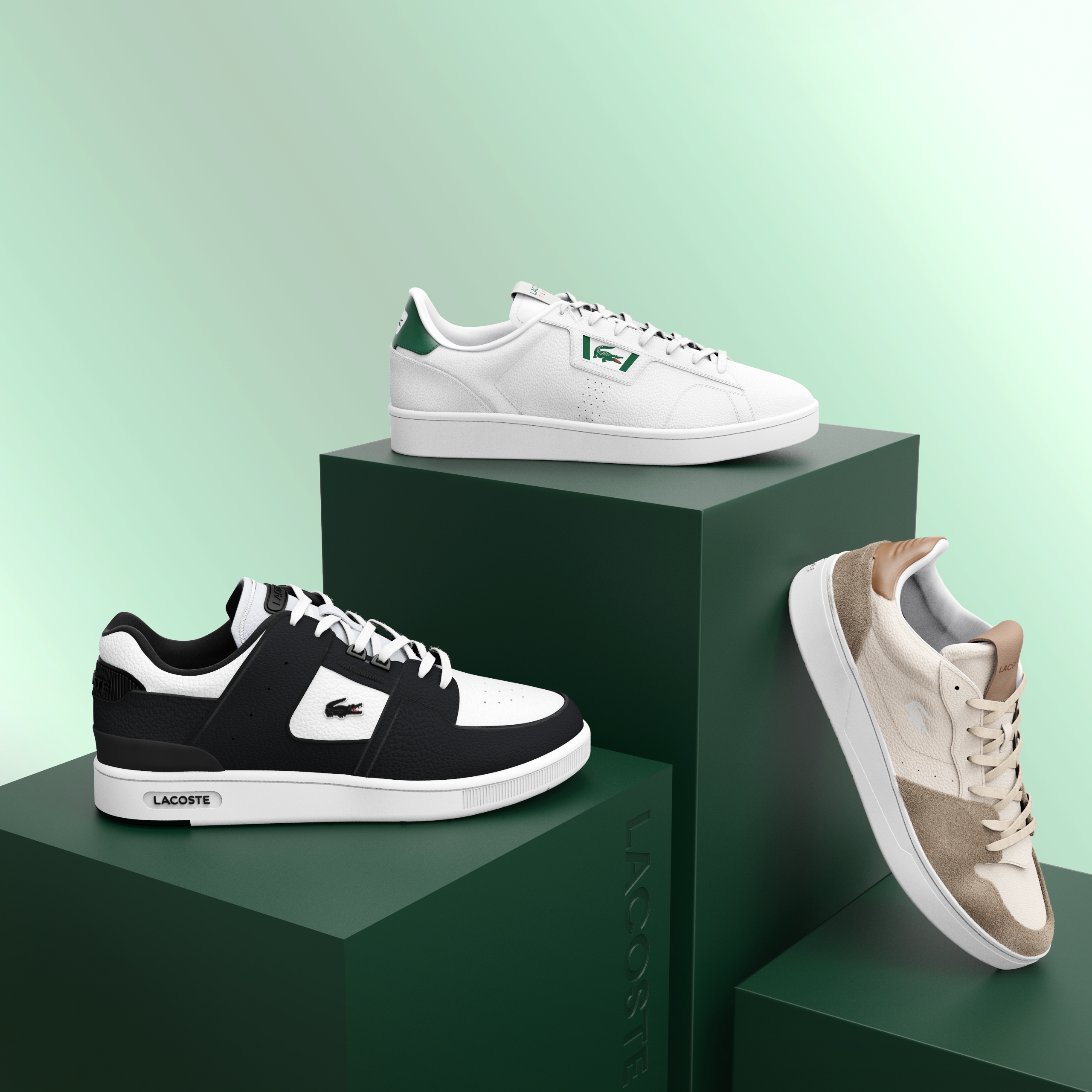
What are some of your favorite projects?
I particularly enjoyed building the Meindl Boot scene. I got to test all my 3D skills on one project, modeling the shoe in Rhino, adding the stitching detail in Grasshopper, building the 3D plant scene in Blender and rendering the detail shots and animations out in KeyShot. I always like recreating natural environments in KeyShot as a way of embedding my products into the real world rather than having them in a perfect studio setting.
Another project I had a lot of fun designing was the most recent necklace I was commissioned to do, testing my sculpting skills in Blender, and then getting the final physical necklace 3D printed in gold. For this, I used KeyShot throughout the design stage to make sure the 3D mountain geometry would catch the light the way I wanted it to on the real-life product.
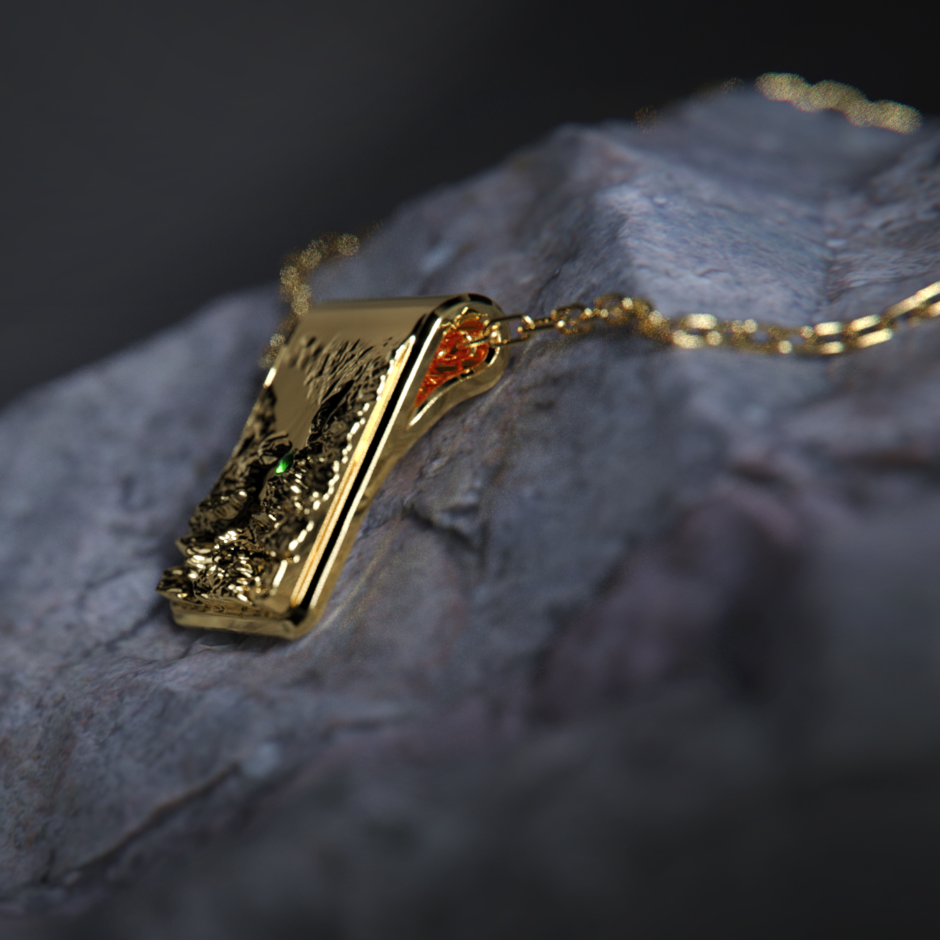
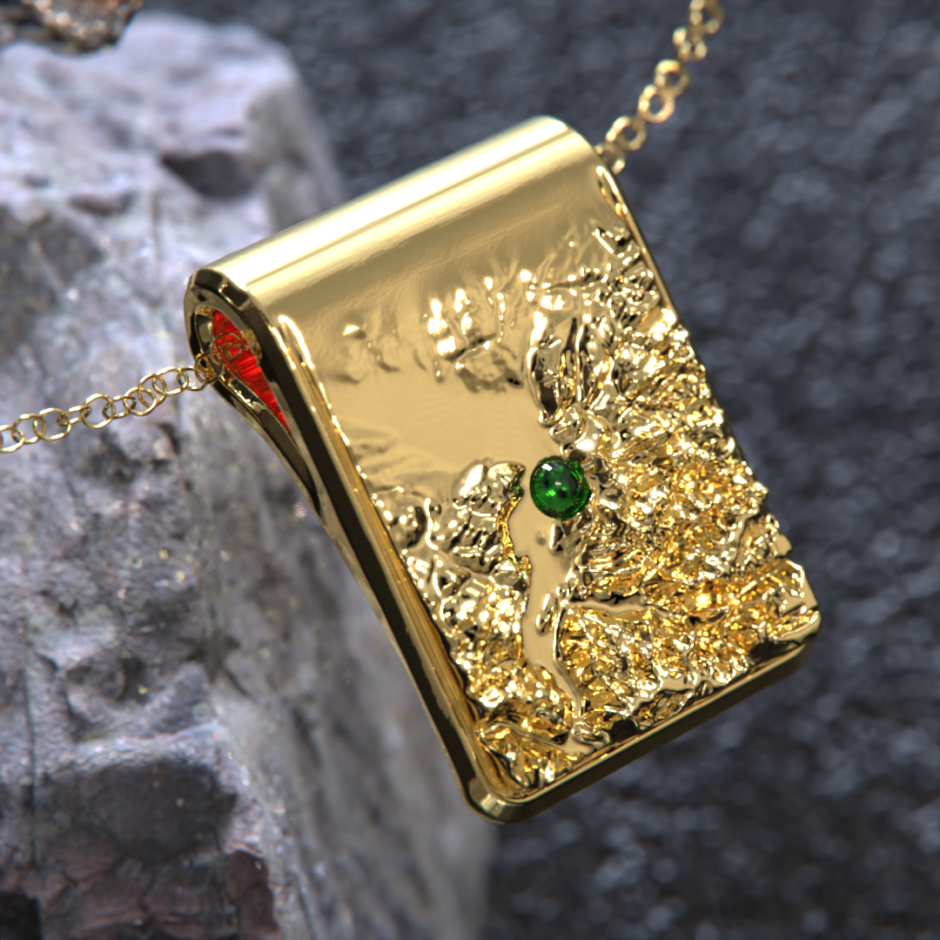
Where in your process do you use KeyShot?
Within my day to day job I mostly use KeyShot for virtual sampling, so for example testing out new colorways, and seeing how new materials might affect the overall look of the shoe. And also for better pitching new designs and concepts internally. A KeyShot render always sells the design 1000x better than a 2D render when it comes to new packaging designs or color changes on the shoes.
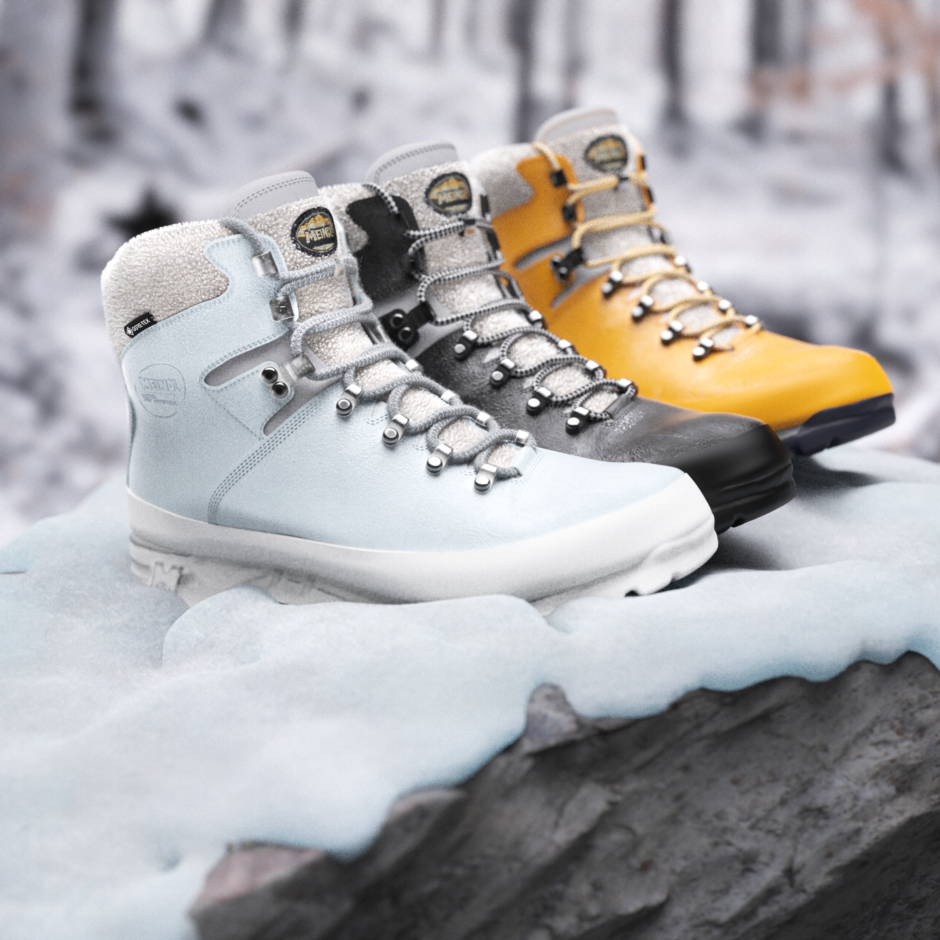
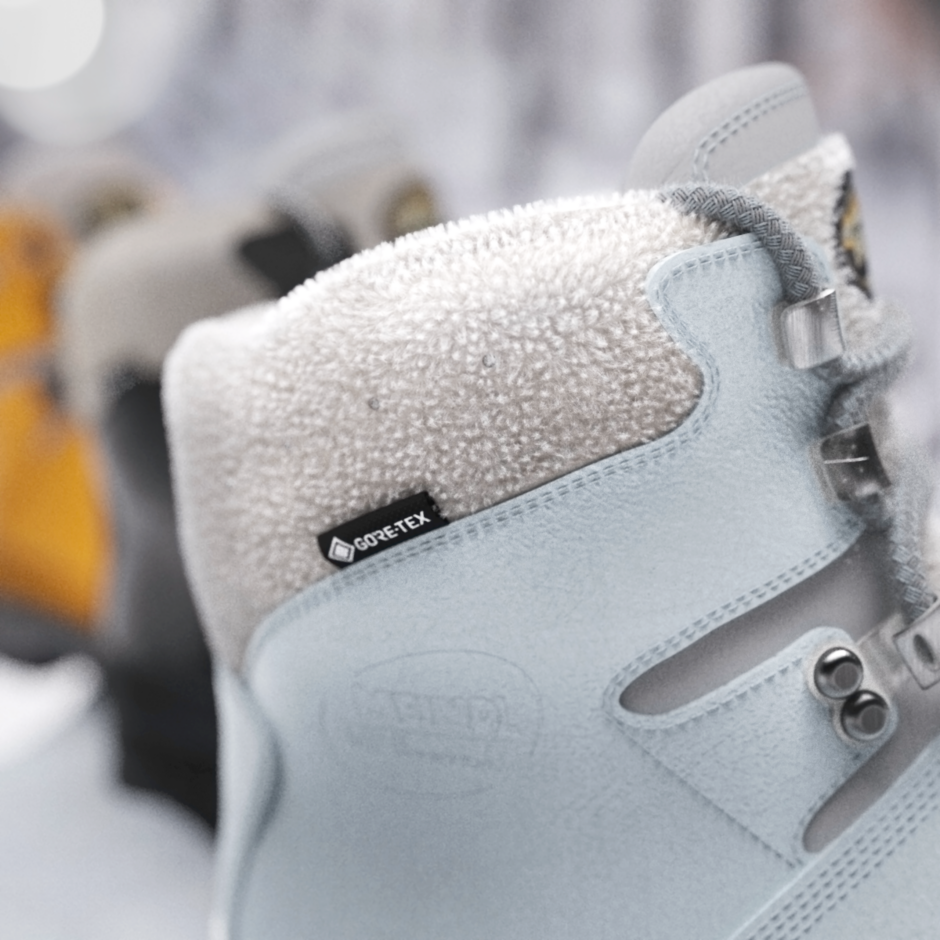
What are some of your favorite KeyShot tools?
I’m really excited to see how the new Color Mode evolves; it’s something I’ve been waiting to see in KeyShot, and it’s something I really enjoyed getting to grips with more. I also use the Physics Simulation quite a lot for randomly scattering objects realistically across the floor, as well as animated displacement maps for faking cloth and liquid simulations fully inside of KeyShot.
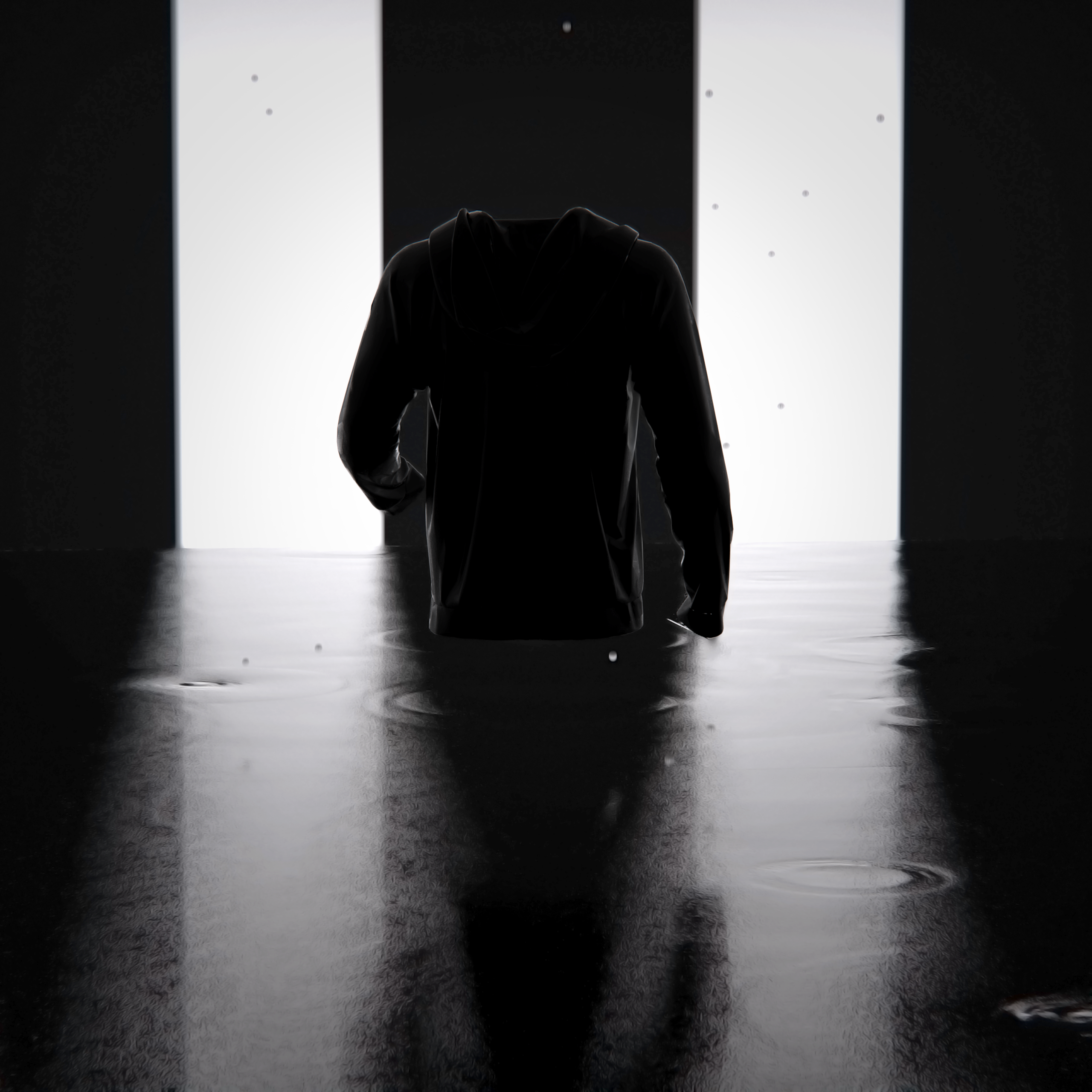
How would you describe your design philosophy?
I try to come at it from a point of learning as much as possible, continually trialing things or learning new skills. A lot of the time I’ll spend ages just testing a new design idea, or building out a new 3D environment for it just to turn out not quite as expected. But it means when I move on to the next project I’ve learned from the mistakes I made last time and am able to produce a much more realistic scene for a client or project.
Where do you find your inspiration?
Fortunately for me, there are a lot of very talented designers, artists, photographers and creatives on Instagram. If I’m struggling to find a good setup for a KeyShot scene I’ll start scrolling through photographer’s Instagram accounts. The best inspiration for creating realistic renderings is often real-world images, seeing what level of detail people expect from an image, what imperfections they’re expecting to see and then building this into my scene. If I’m struggling to find creative inspiration for footwear projects I’ll look at automotive design, architectural renders and archived products. Essentially an unhealthy addiction to Pinterest and Instagram coupled with taking a lot of photos of interesting textures and patterns out in the wild.
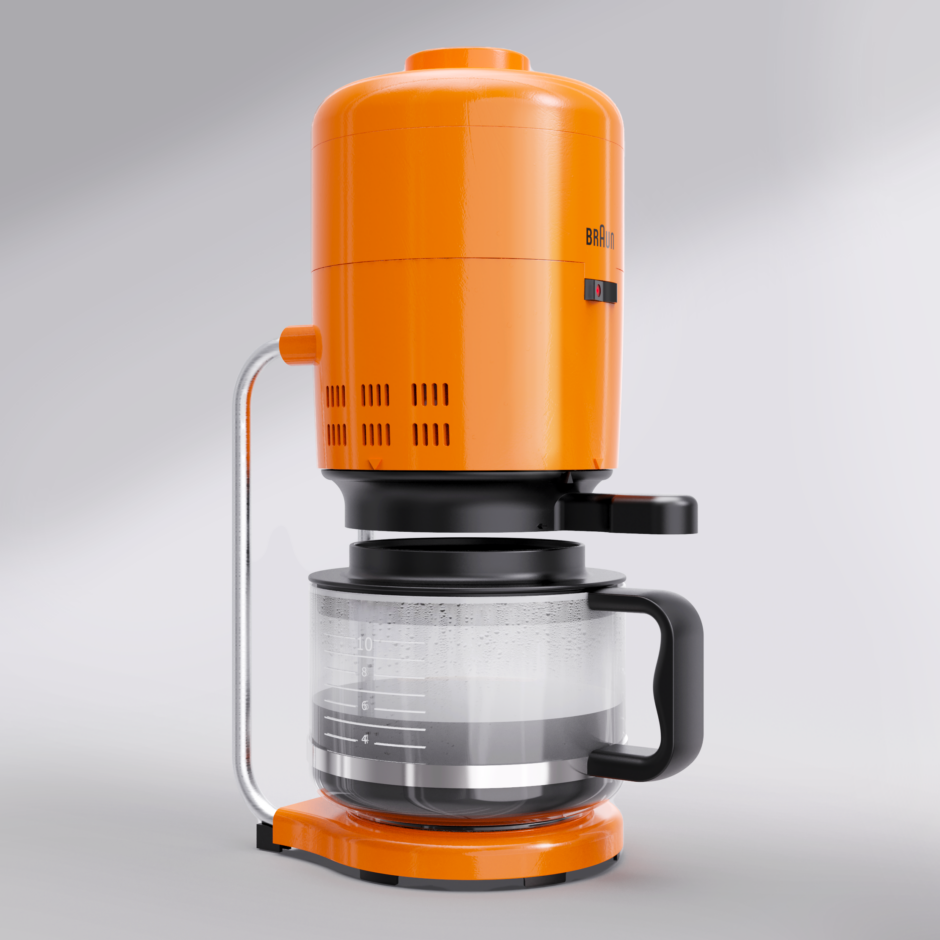
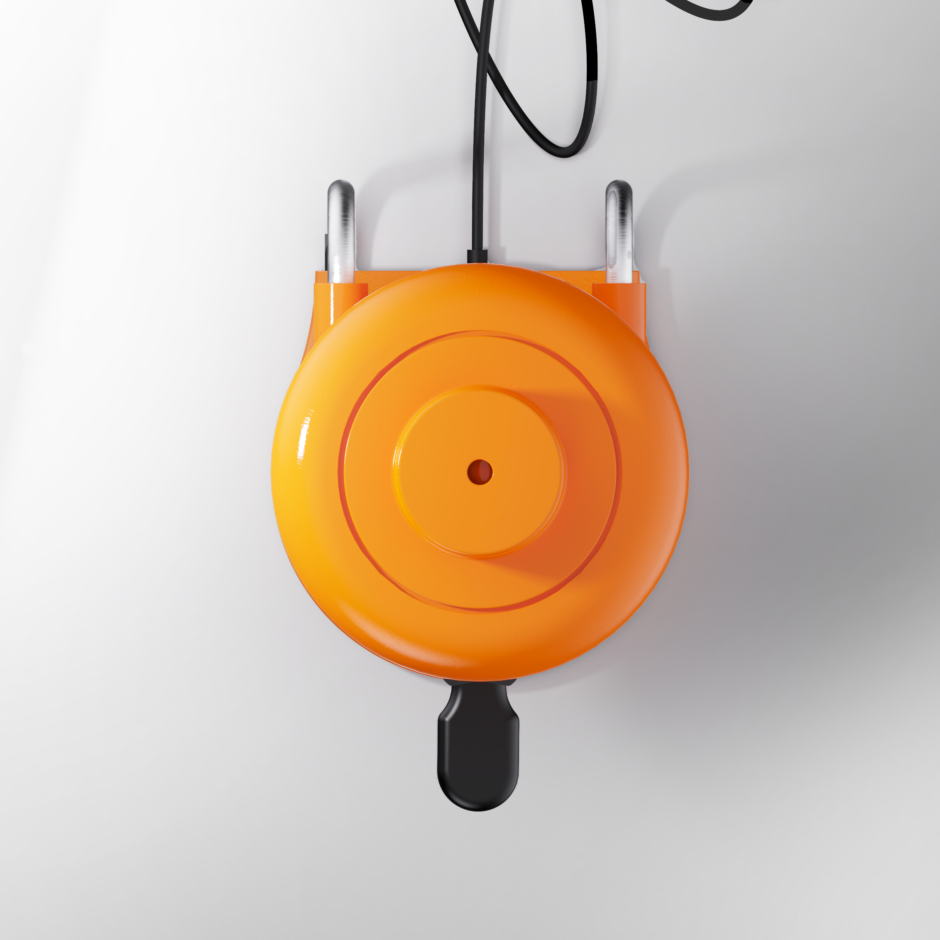
What advice would you give to someone interested in doing what you do?
Within professional design I’d recommend building out your portfolio. It doesn’t need to be polished, but it should show off your skills. Most people don’t get fully trained in 3D modeling and rendering software while at university, but build their knowledge and skill base on the job after they leave. If you can demonstrate a solid foundation and, more importantly, a passion and drive for learning new skills, an employer is far more likely to hire you. Before my first job in 3D footwear, I had some relevant skills in Solidworks which got my foot in the door with a job primarily modeling in Rhino. From there I was trained in Grasshopper & KeyShot, as well as teaching myself Blender. I then combined this with my traditional design training from university into my current job designing performance footwear for Head. If you don’t have any real-world projects to show off in your portfolio, just set yourself a brief — the fact it isn’t a live project doesn’t mean you can’t demonstrate your creativity.






